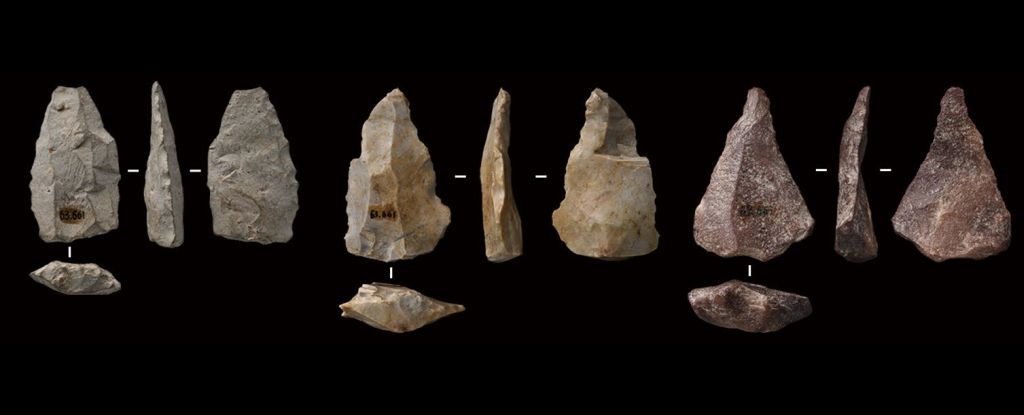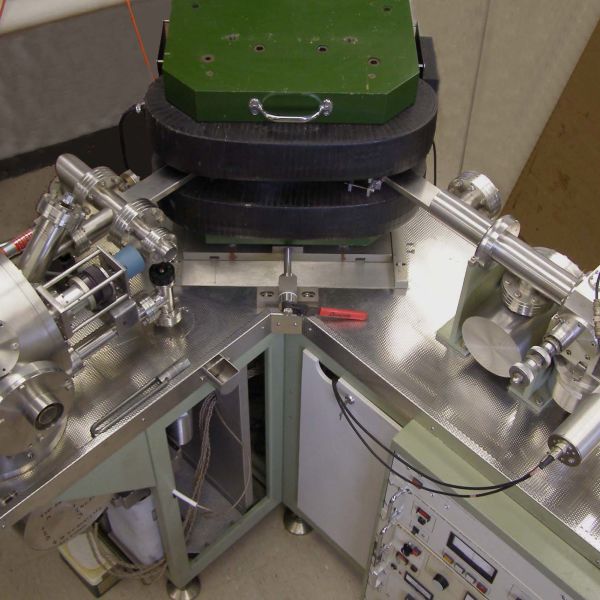Boris Norris
Well-Known Member
- Joined
- Jun 15, 2022
- Messages
- 11,253
Older than the Bible???
Tell me it isn't so.

 www.sciencealert.com
www.sciencealert.com
Tell me it isn't so.

45,000-Year-Old Tools And Bones Reveal Earliest Evidence of Homo Sapiens in Eastern Asia
Fragments of ancient rock and bone in Eastern Asia are changing our understanding of the history of human migration.

